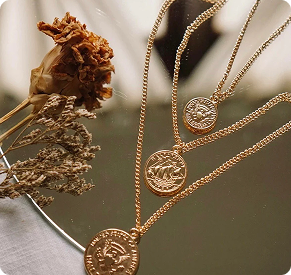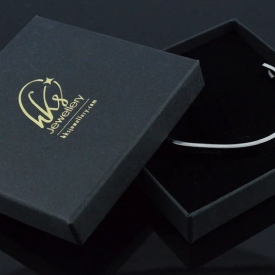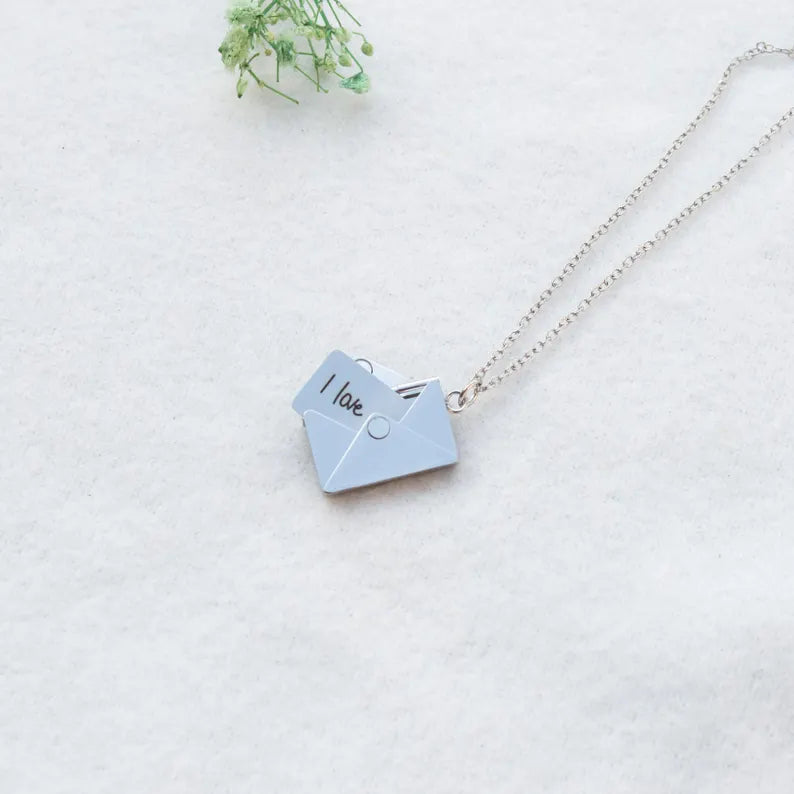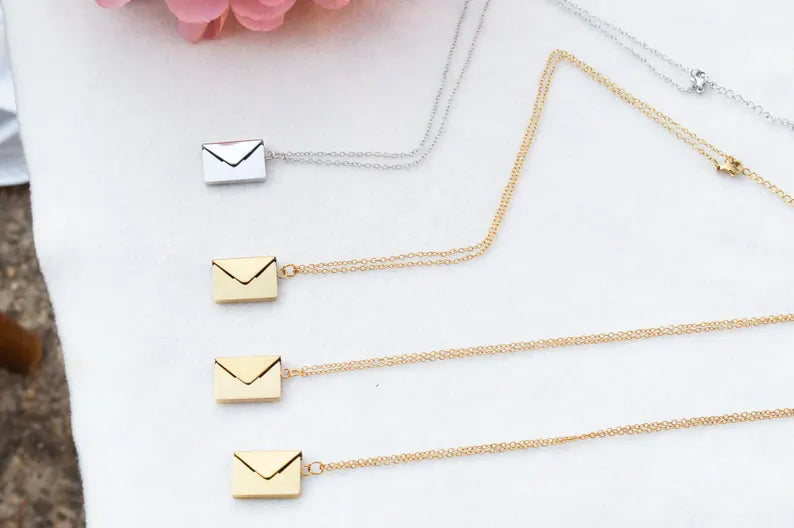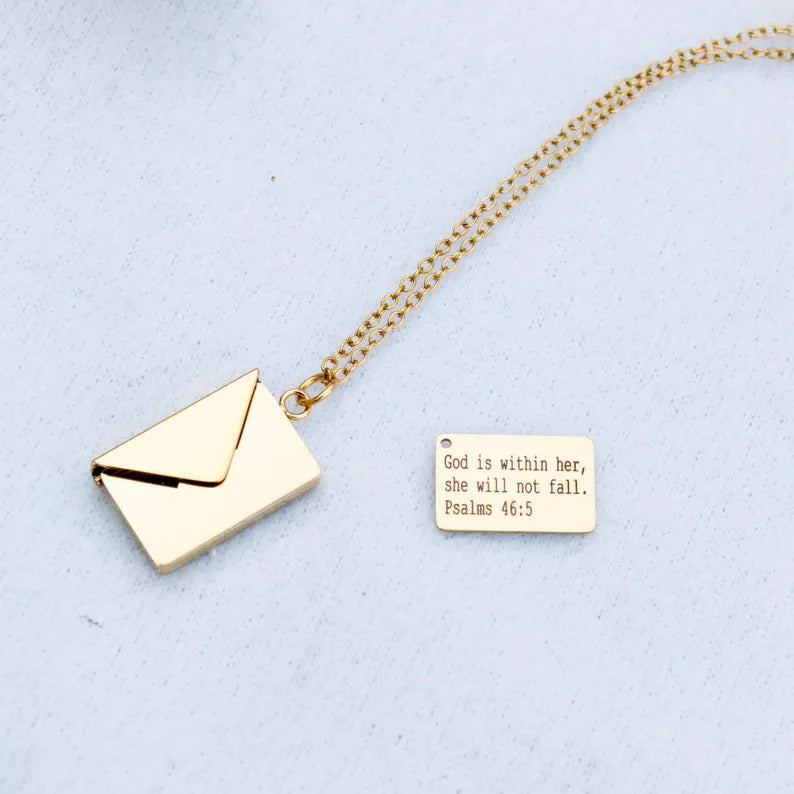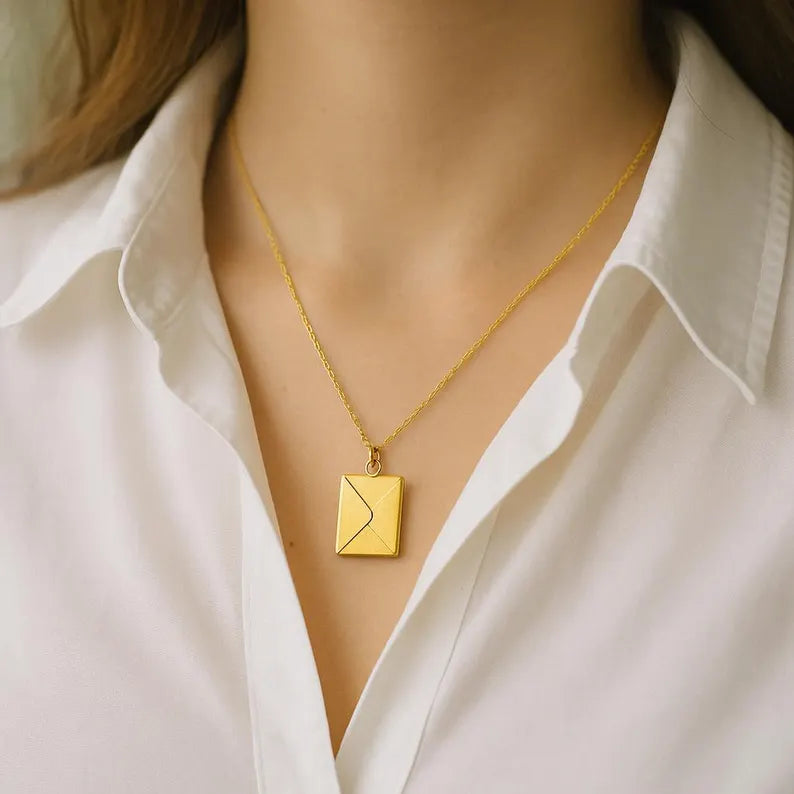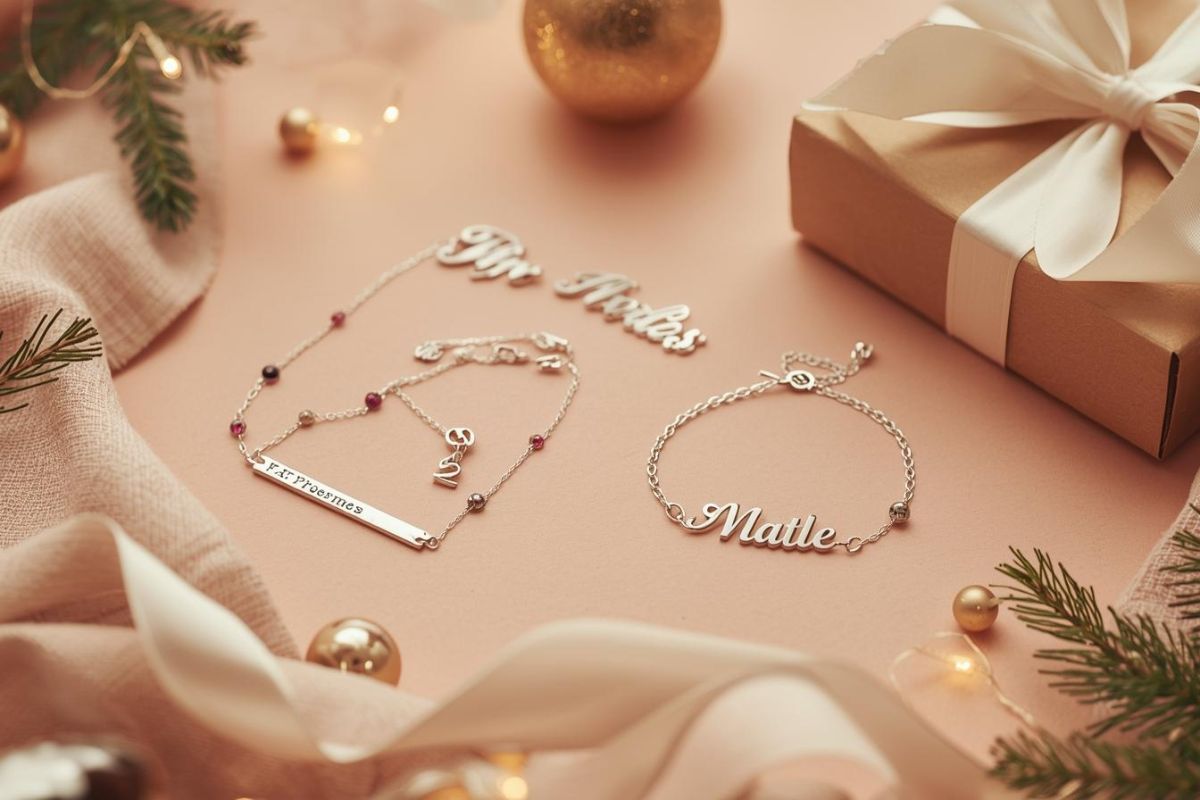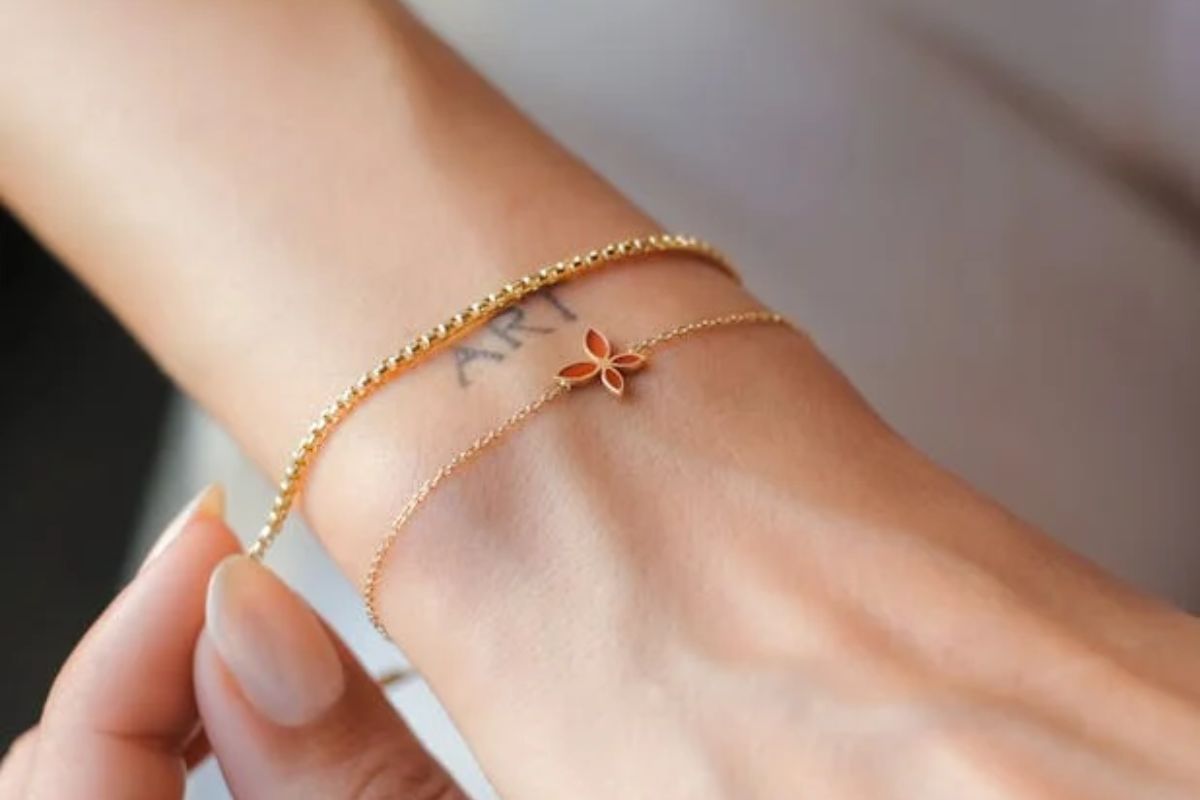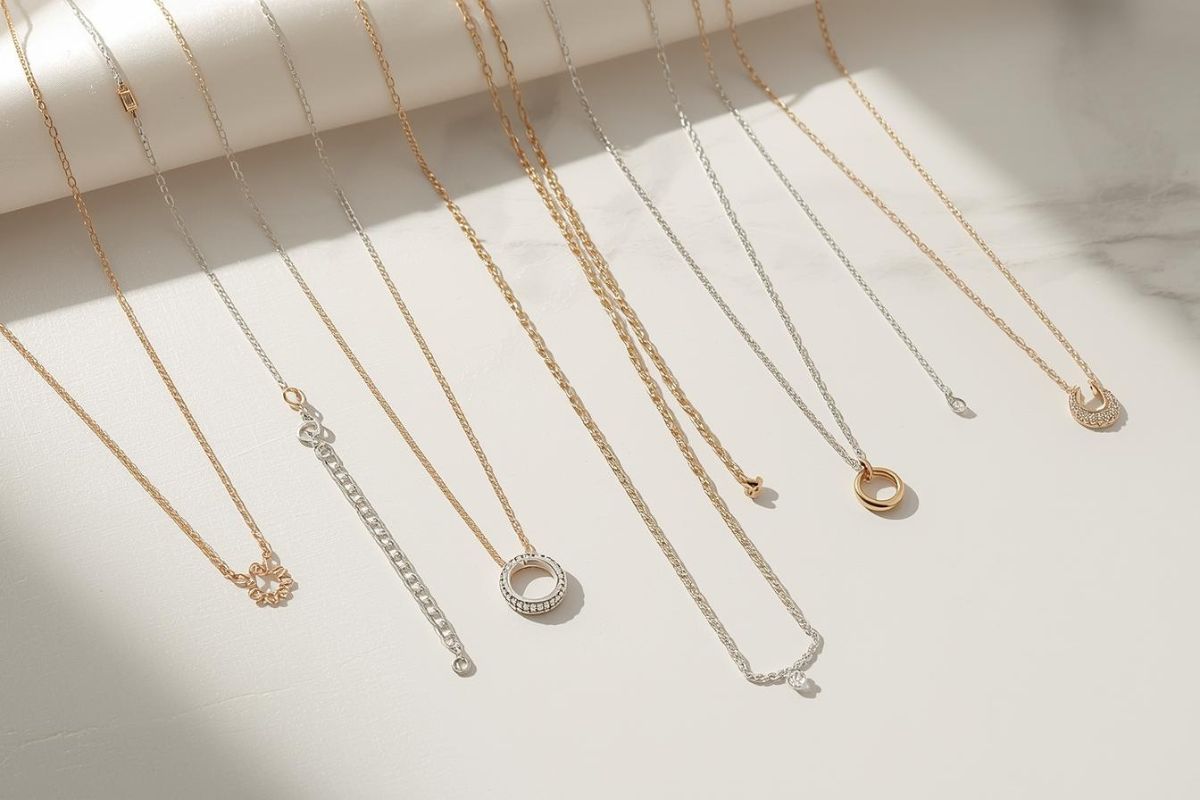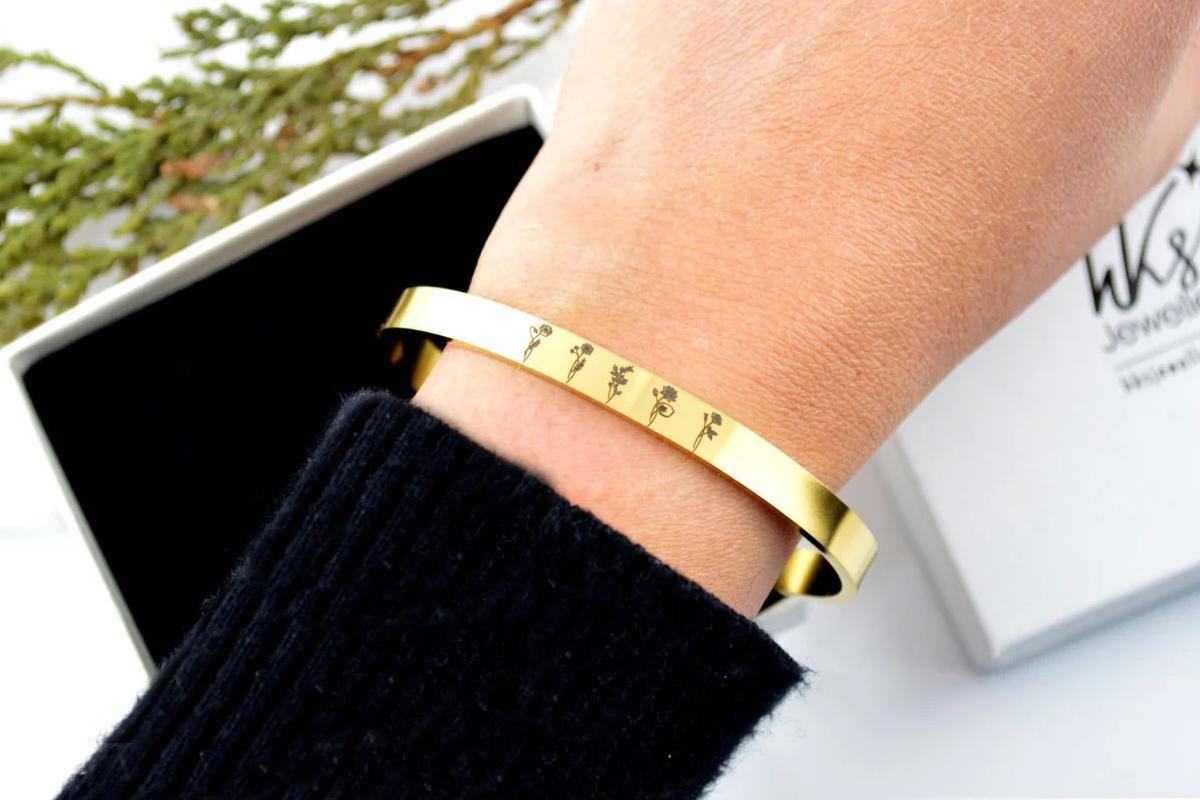
Birth flowers bloom into existence with you and have deep meanings and symbols that are unique to your birth month. Your birth flower is like your zodiac sign or birthstone; it connects you to nature's calendar and tells you something about your personality. This guide will show you the beautiful flowers that go with each month, what they mean historically, and what your birth flower says about you. This guide will help you understand your connection to these beautiful natural symbols, whether you want to make meaningful flower arrangements or just want to know more about your botanical identity.
The Beauty of Birth Flowers: More Than Just Plants
Birth flowers have deeper meanings than just how pretty they are. They connect you to old traditions and your own personality. These plant symbols are like birthday gifts from nature. Each one was carefully chosen over the years based on cultural observations and symbolic meanings. Your birth flower can help you learn about yourself and the natural world's patterns of change.
The Meaning of Flowers in Culture
Flowers have always been important in religious ceremonies, healing practices, and other important events in human history. People in Europe during the Victorian era created a complex language of flowers, and Japanese Hanakotoba traditions gave each flower a specific meaning. Your birth flower connects you to these rich cultural traditions that pass on ancient knowledge about how people and seasons are connected.
How Birth Flowers Show Who You Are
Each birth flower represents certain personality traits and qualities that are common in people born in that month. The carnation for January stands for deep loyalty and pure love, while the daisy for April stands for innocence and new beginnings. Your birth flower can act as a natural compass, showing you your natural strengths and possible ways to grow as a person.
These flower personalities come from years of watching and telling stories. People born in March often show the strength of their birth flower, the daffodil, by pushing through the last frost of winter to bloom. People born under autumn skies tend to have wisdom and faith, which are traits that September's aster represents. Knowing the traits of your birth flower can give you a unique look at your natural tendencies and help you accept who you really are.
A Journey Through Birth Flowers Month by Month
The Symbolic Meaning of Carnation in January
The carnation, your birth flower for January, stands for love, interest, and being different. These ruffled flowers come in a range of colours, each with its own meaning. For example, pink means thanks, white means pure love, and red means deep love. Your birth flower is a symbol of divine love that has been used in celebrations and ceremonies for more than 2,000 years.
February: The Mystery of Violet
The violet for February stands for loyalty, virtue, and humility. People have loved these delicate purple flowers since ancient Greece, when they stood for love and fertility. Your birth flower shows that you are thoughtful and have spiritual wisdom.
Violets grow close to the ground and have heart-shaped leaves and flowers with five petals that are easy to spot. People in ancient Rome used these flowers to make wine, and people in the Middle Ages used them to treat headaches and trouble sleeping. The flower that blooms in February has chemicals that are still used in cosmetics and perfumes today.
March: The Daffodil's Bravery
The daffodil, which blooms in March, has bright yellow trumpets that announce the arrival of spring. These happy flowers stand for new beginnings, rebirth, and a bright future. The daffodil's bright personality is a lot like your positive attitude and creative mind.
Daffodils, which are also called narcissus, are part of a group of about 50 species. These tough flowers can live for decades and grow more each year, making beautiful natural displays. The bulbs have lycorine in them, which makes them naturally resistant to deer and could be useful in cancer treatment research.
April: The Charm of Daisy
The daisy, which is the birth flower for April, stands for innocence, purity, and true love. The name of your flower comes from the phrase "day's eye" because its petals close at night and open in the morning. These happy flowers are a lot like you: bright and hopeful.
There are more than 20,000 species of daisies in the world. They are part of one of the biggest plant families. There are hundreds of tiny florets in the centre of the flower. They make a perfect spiral pattern that follows the Fibonacci sequence. The Romans used crushed daisies to heal wounds, and the Celts thought they were the spirits of babies who died at birth.
May: The Beauty of the Lily of the Valley
The lily of the valley, your May birth flower, stands for sweetness, humility, and the return of happiness. These delicate white bells have a strong smell and have been used in royal bouquets for hundreds of years, including Kate Middleton's wedding flowers.
Even though they look delicate, lily of the valley plants have cardiac glycosides in them, which makes them one of the most poisonous plants in the garden. Alchemists in the Middle Ages tried to turn base metals into gold with them. The flowers make unique red berries and can spread quickly, making beautiful carpets in the woods that come back year after year.
The Beauty of Rose in June
The rose is the clear queen of flowers and is the birth flower for June. Your flower stands for love, beauty, and passion. Roses come in a wide range of colours, scents, and shapes because there are more than 150 species and thousands of cultivars.
There are more than 300 chemicals in roses that give them their unique smell. The rose bush on the Hildesheim Cathedral in Germany is the oldest living rose bush. It has been growing for more than 1,000 years. Rose hips have more vitamin C than oranges, and people have used rose water for beauty since ancient Egypt.
The Joy of Larkspur in July
The larkspur that blooms in July is a birth flower that stands for love, strong attachment, and a light heart. These tall, elegant spikes of blue, pink, or white flowers add vertical drama to summer gardens and stand for openness and positivity.
Larkspur flowers come from the Mediterranean and have a unique spur behind each bloom that looks like a knight.
September: The Calmness of Aster
The soft purples, pinks, and whites of aster flowers make them a calming presence in your September birth month. Their name comes from the Greek word for "star," which is fitting because of how they look. These tough perennials stand for patience, elegance, and delicateness, making them a great example of the beauty that comes between summer and autumn.
October: Marigold's Fun
The rich orange and yellow colours of your October birth flower give off a warm glow. Marigolds are very important in many cultures, especially during Day of the Dead celebrations, when they are called "flowers of the dead." These colourful flowers stand for creativity, passion, and sacred love. They also smell great and keep bugs away, making them great companions for gardens.
November: The Warmth of the Chrysanthemum
Chrysanthemums, your birth flower for November, come in a wide range of colours and shapes, from delicate spider blooms to strong pompoms. These flowers stand for honesty, happiness, and a long life. In Asian cultures, they mean nobility and grace.
Your chrysanthemum has a long history that goes back to 15th-century China, where it was used in traditional medicine and royal ceremonies. Modern types have thousands of cultivars and more than 40 different flower forms. These tough plants bloom long after other flowers have faded, adding colour to autumn landscapes and lasting up to three weeks in fresh arrangements.
December: The Purity of Poinsettia
Your birth flower in December changes the look of winter with its unique red bracts and dark green leaves. The Aztecs, who lived in Mexico, thought that poinsettias were a sign of purity. These cheerful plants are a great way to show the holiday spirit. They stand for happiness and success.
Your poinsettia comes in more than 100 colours, not just the traditional red. These colours include pink, white, and marbled patterns. The coloured parts that people often think are petals are actually modified leaves called bracts. The real flowers are the tiny yellow clusters in the middle. These subtropical plants can live all year long if you take care of them properly. They naturally bloom during the shorter days of winter. Poinsettias can grow up to 10 to 15 feet tall in their natural habitat, which is very different from the small houseplants you see around the holidays.
Making Personal Connections: Picking Your Birth Flower
Your birth flower is a special way to show who you are and connect with the natural rhythms of the seasons. You can choose flowers that reflect your own journey, values, and tastes, in addition to the usual meanings. These flowers, whether you feel connected to your assigned birth month flower or are drawn to the symbolism of another, can be powerful ways to express yourself and make meaningful connections.
Flowers for Celebrating Milestones
Make special occasions even more memorable by adding your birth flower to them. Put them in birthday bouquets, wedding arrangements, or anniversary celebrations to make them more meaningful. Your birth flower can be used to decorate tables, cakes, or your own art. This plant-based signature makes each celebration special to you and honours how the natural world is connected to your life story.
How to Use Birth Flowers in Your Daily Life
Your birth flower can be a beautiful and inspiring part of your life every day. You can plant them in your garden, put dried arrangements in your home, or use their pictures in your jewellery, art, or home decor to show off your style. These beautiful flowers can help you choose which oils, teas, or even colours to use in your home.
You could make a special spot in your garden for your birth flower so you can see it grow all year long. You can press the flowers into journals, make personalised stationery out of them, or use their essence in homemade beauty products. You can use your birth flower to make phone wallpapers, custom art, or even as a thoughtful gift for friends and family who were born in the same month as you.
Gardening for the Soul: Taking Care of Your Birth Flower
Growing your birth flower connects you to nature on a personal level and brings its symbolic meaning into your everyday life. Whether you have a big garden or just a small windowsill, growing these flowers lets you see their growth cycle up close and learn more about how they change with the seasons. Your birth flower can be a living reminder of what makes you special and a way to practise being mindful while gardening.
The Best Ways to Grow Your Birth Flower
To start your birth flower journey, learn about its specific needs for sunlight, soil type, and how often to water it. Most birth flowers do best in soil that drains well and gets 6 to 8 hours of sunlight every day. Check the moisture levels in the soil often and make sure there is enough space between plants. People who grow plants indoors should think about how humid it is and how well the air moves. Your local garden centre can help you choose the best plants for your climate zone.
Creative Ways to Use and Arrange Birth Flowers
Change your birth flowers into displays that are meaningful and show who you are. Make centrepieces for each season, press flowers for art, or make dried arrangements that last all year. Your birth flower can be a special touch at events or a signature part of your home decor. You can either mix flowers that go well together or let your birth flower stand out on its own as a beautiful focal point.
You can use your birth flowers in wreaths, potpourri, or botanical prints in addition to traditional vase arrangements. For wall art that will last, press petals between glass frames. You can also add them to homemade candles and soaps. Dried birth flowers are great for making bookmarks, gift tags, or natural confetti for parties. You might want to start a birth flower journal to keep track of your growing journey and keep special flowers safe.
The Complexities of Flower Symbolism and How It Is Seen Today
Flower symbolism has been a part of human history for a long time, linking old traditions with new ones. Your birth flower has a lot of meaning that has changed over the years, from the language of flowers in the Victorian era to how people see them today. These plant symbols are like personal talismans that can help you think and guide you through their long-standing meanings.
Changing Meanings in Different Cultures
As you follow the path of your birth flower through different cultures, its meaning changes slightly. In Japan, hanakotoba sees carnations as symbols of love and interest. In the West, they are seen as symbols of a mother's love. Peonies are seen as signs of wealth in Chinese culture, but in Greek mythology, they are linked to healing. These cultural meanings fit together perfectly in today's global understanding, making your flower's meaning even more special.
Making Flower Symbolism Your Own for Your Journey
The flower that blooms on your birthday gives you a chance to make your own meaning that goes beyond what is usually associated with flowers. You can feel more connected to your flower by relating its traits to your own life. Every time you interact with your birth flower, whether you wear its essence in perfume, display it in art, or grow it in your garden, you add another layer to your own story.
You could use your birth flower in important parts of your life, like in celebration bouquets, garden designs, or even tattoos. A lot of people find creative ways to honour their birth flower, like pressing them into journals, using their dried petals to make candles, or choosing jewellery that has the design of their flower. These personal meanings turn old symbols into ways of expressing who we are and how we connect with others today.
In conclusion
Your birth flower is a meaningful way to connect with nature and your own life. By learning about the meaning and symbolism of your monthly bloom, you can learn more about the traits and characteristics that are important to you at the time of your birth. Your birth flower is a one-of-a-kind plant that represents you and celebrates your uniqueness. You can show it off in arrangements, wear it as jewellery, or just enjoy how beautiful it is. Use this guide to help you enjoy the natural beauty that comes with your special month.
Q: What is a birth flower, and how do you find out what it is?
A: A birth flower is a flower that is linked to the month you were born. Each month has its own flower that is thought to represent the traits and meanings of people born during that month. The Carnation is January's flower, and the Rose is June's flower.
Q: Is it possible to have more than one birth flower?
A: Yes, some months have more than one flower. April has both the Daisy and the Sweet Pea, and December has both the Narcissus and the Holly. Each flower has its own special meaning and significance for the month you were born.
Q: How can I use my birth flower to make special events more special?
A: You can use your birth flower in a lot of different ways, like in wedding bouquets, birthday arrangements, or your own garden. A lot of people also wear jewellery with their birth flower on it or use it in their own art and decorations.
Q: Do birth flowers mean something special, like birthstones do?
A: Yes, of course! Each flower that blooms at birth has its own meaning. The Daffodil for March stands for new beginnings and wealth, while the Marigold for October stands for warmth and creativity. These meanings often change with the seasons and have historical meaning.
Q: Where did the custom of giving flowers at birth come from?
A: The idea of birth flowers goes back to the Roman Empire and the Victorian Era, when flowers were used to send messages and meanings. The Romans started the tradition of giving certain flowers for birthdays, and the Victorians made it even more complicated by creating a whole language of flowers. This is how we got the birth flower meanings we have today.
